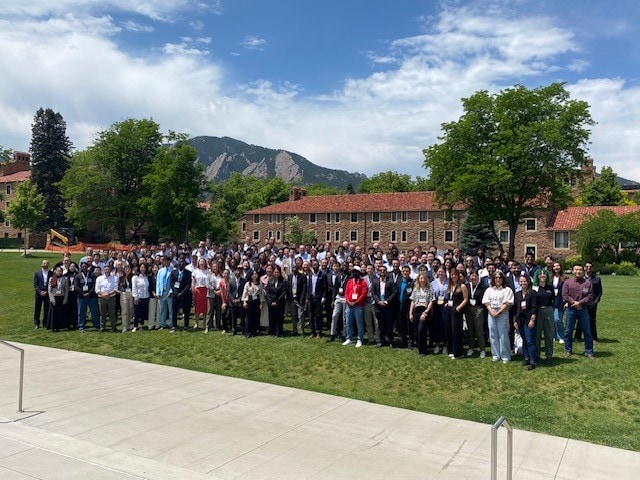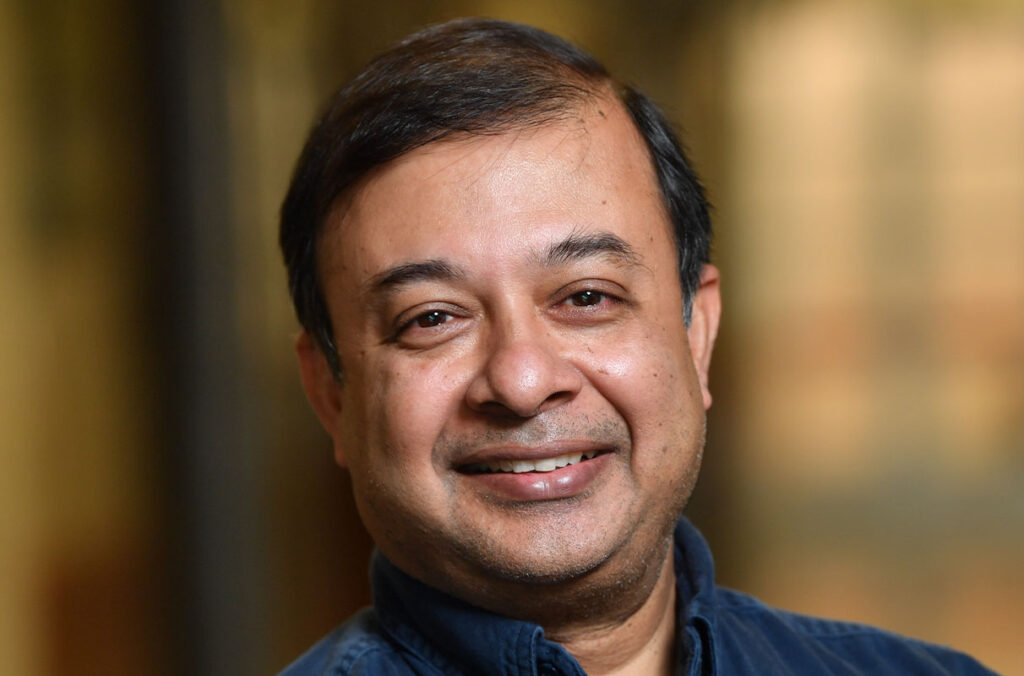
[Image above] Credit: Julien Colomb
You may have heard the terms “open science” and “open access,” but do you know what they mean?
Open science is the movement toward making scientific and engineering research globally collaborative through fully open and free sharing of methods, data, and reports. The expected outcomes of open science are
- Greater transparency of research, leading to greater confidence in and reproducibility of results;
- Reducing disparities between researchers in developing and developed regions of the world; and
- Allowing authors to retain ownership of their work and to distribute it as they see fit.
There is nearly universal support for these goals among the major stakeholders in the research community including researchers, institutional leaders, libraries and consortia, funding agencies, governments, learned societies, industry leaders, publishers, and more.
The open science goals are achievable but there are hurdles to overcome. Major changes are needed for and are coming to technology and financial models for supporting research, researchers, and publishing. New technologies are needed to connect diverse open and proprietary software systems and to authenticate, curate, and maintain the exponential increase in the volume of open science data to be stored. Many groups, such as The European Commission, Ouvrir La Science, and SPARC, are exploring possible solutions, costs, and models for financing these technologies.
Open access is a subset of open science and refers to making published, peer-reviewed articles freely available. In other words, anyone in the world can read, download, and use content from the article without paying for a subscription or per-article fee.
Because there are many costs associated with producing, marketing, and distributing scholarly articles, stakeholders are scrambling to develop sustainable financial models for publishing to replace current “reader pays” subscriptions.
While open access concepts were discussed for many years, open access publishing began in earnest in the early to mid-2000s. Most publishers, ACerS/Wiley included, offer two forms of open access: green and gold.
In green open access, the author is free to distribute the original (unreviewed) version of a manuscript at any time (e.g., via preprint servers). Accepted articles (fully reviewed but not typeset) can be distributed with some restrictions, including 12–24-month waiting periods after publication. Green open access has obvious limitations, but there is no publishing cost charged to the author nor the institution.
With gold open access, the author or institution pays an article processing fee (APC) nominally equivalent to the subscription value of the article. Open-access articles can be published within a subscription journal (the hybrid model used for JACerS, ACT, and IJAGS), or in a fully gold open access journal. In exchange for paying the APC, the author retains copyright and grants a Creative Commons license to the publisher. Both the author and the publisher are free to distribute and use the work according to the license type chosen.
The shortcomings of current OA
Stakeholders in scholarly publishing, particularly cOAlition S, a group of government and private funding agencies mainly in Europe, recognize these OA models have not moved publishing significantly toward open access. Few scholars are utilizing green open access repositories, even when it is mandated by institutions or funders. And the APC model is unsustainable because it shifts all the costs from the large number of reader institutions to the much smaller number of research-heavy institutions.
Because APCs affect authors’ ability to fund research, few have embraced gold OA unless the APC is mandated by funding grants or underwritten by benefactors such as governments and scholarly societies. Furthermore, while this model increases readership within the poorly funded institutions and disciplines, it greatly diminishes the ability of these researchers to publish scholarly works.
Transforming OA
Efforts have been undertaken in recent years to accelerate transition to open access publishing. The most notable effort, Plan S, mandates that the research funded by Plan S participants is published in a fully open access journal, such as the International Journal of Ceramic Engineering and Science (IJCES), or in a journal that has a “transformative agreement” to transition to open access within three years.
While Plan S has its issues, many publishers are working in concert with funders to develop transformative financial agreements aimed at converting their catalogs to open access. In addition, university and government library consortia, such as the University of California Library (UCL) system and Projekt DEAL in Germany, are negotiating agreements with publishers and are cancelling subscriptions with publishers when unable to reach mutually agreeable financial terms.
Wiley, the Society’s publishing partner, is using a two-pronged approach to open access: “Publish and Read” transformative agreements and fully gold open access journals.
In “Publish and Read” transformative agreements, most notably the Projekt DEAL agreement, institutes under the agreement umbrella pay a per-article “PAR” fee for all articles. In exchange, all articles submitted to the journal by those institutes are published open access, and all patrons at the institutes enjoy unlimited access to Wiley’s complete journal catalog.
A key difference from the APC model, PAR fees are funded both by research funds and library budgets formerly dedicated to purchasing Wiley subscriptions. While Projekt DEAL is for institutes in Germany, similar agreements have been made between Wiley and Norway, Austria, and Hungary.
While “Publish and Read” agreements show promise for transforming all ACerS journals to open access, other solutions are needed for other authors with mandates to publish open access. Plan S, for example, does not allow its funded authors to publish in hybrid journals that are not included in transformative agreements. Thus, for authors in France, the U.K., and other areas that signed on to Plan S, publishing in fully gold open access journals may become their only option.
ACerS and Wiley launched the International Journal of Ceramic Engineering and Science in 2018 to meet the needs of these authors and others seeking the benefits of an ACerS gold open access journal.
IJCES and OA
IJCES has much to offer the ACerS community. Most importantly IJCES publishes sound ceramic and glass science and engineering studies at all stages of research, independent of potential impact on the scholarly record. To be accepted, authors only need to provide well-described experimental methods, data, and interpretations of data that are compared to existing literature.
Articles in IJCES can report small advances or large ones. The topics include any ceramic or glass material or any material, system, or product containing ceramics or glass, from traditional whitewares through the most advanced energy harvesting devices.
In addition to the traditional journal article, stages of research publishable in IJCES include securing new ideas for research and grant proposals where data is limited, confirmation of a previous study to show reproducibility, negative outcomes, new educational ideas and classroom results, and more. For ceramics and glass industry researchers, IJCES offers a method for validating and distributing “white paper” studies via peer-review and open access.
You can submit manuscripts to IJCES here. Your contribution will help IJCES take its place among the top journals in ceramic and glass research and engineering alongside JACerS, IJAGS, and ACT.

In summary, the movement toward open science and open access is transforming scholarly research and publishing into more equitable and available endeavors, requiring significant changes to technology and financial models. And while the present open access model with APCs is not perfect, publishing IJCES is critical for ACerS during and after the transition to the new publishing paradigm.
Author
Jonathon Foreman
Spotlight Categories
- Journal and Bulletin Updates


